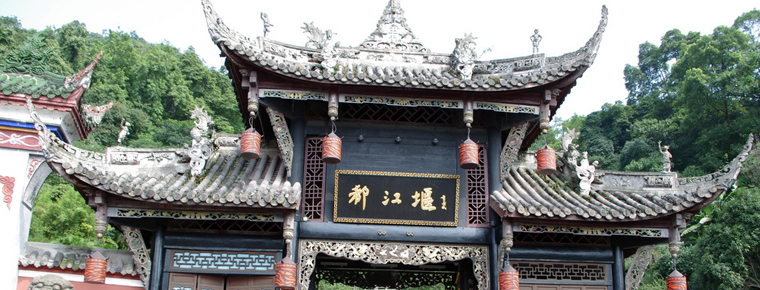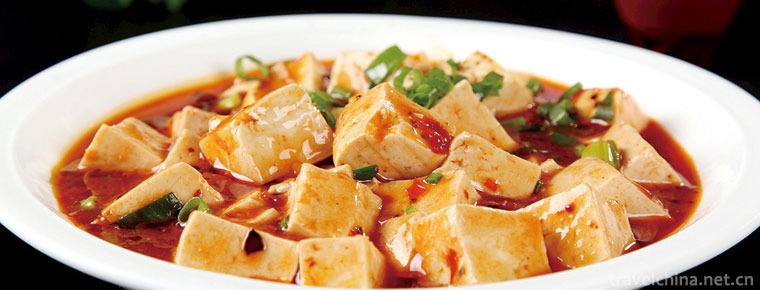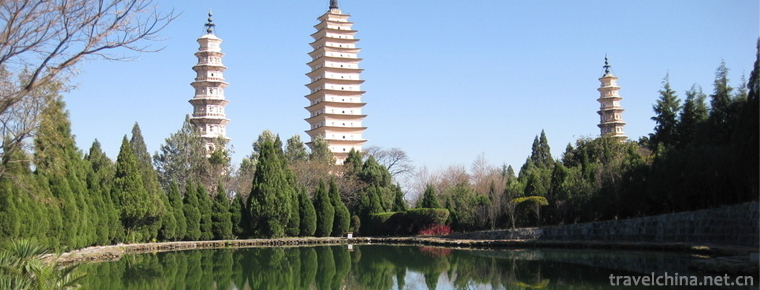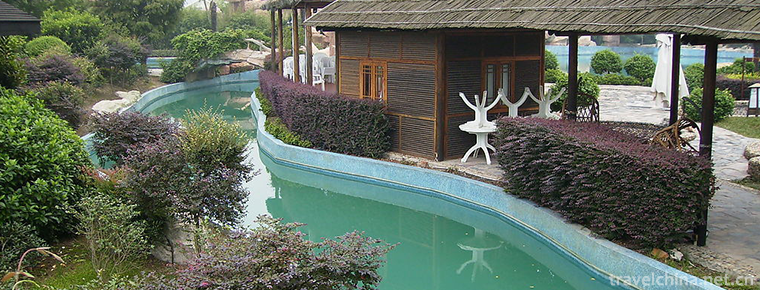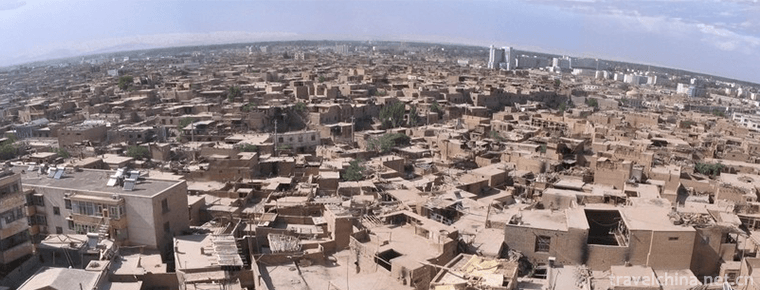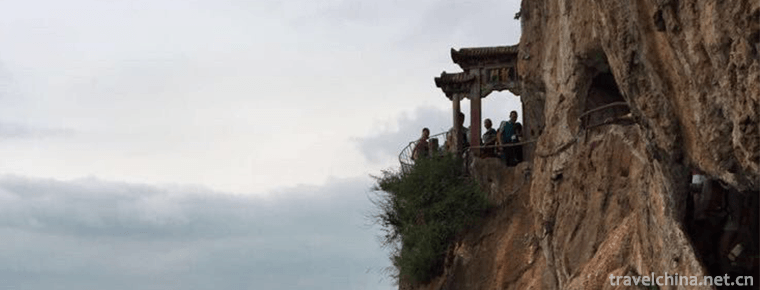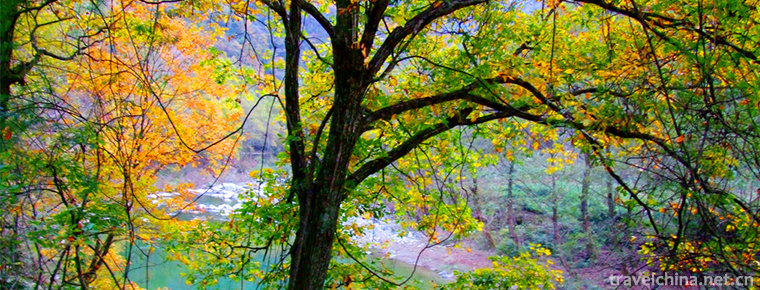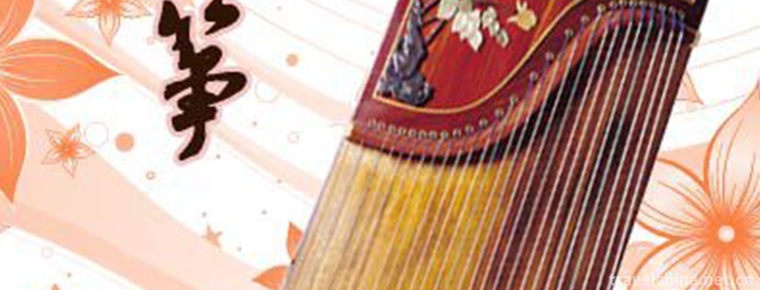Administrative division of Luzhou
Administrative division of Luzhou
In 1949, the southern Sichuan District Committee of the CPC was established in Zigong. In January 1950, the southern Sichuan district was transferred to Luxian County, and the people's Administrative Office of South Sichuan was set up (provincial level, abolished in August 1952). On December 1, 1949, Xuyong was liberated; Gulin was liberated on 2nd; and Luxian, Hejiang and Naxi were liberated on 3rd. On May 5, the people's Liberation Committee of Luxian county was established to carry out the daily work of the county government. On the 13th, the Luxian County Committee of the CPC and the people's Government of Luxian county were established.
On January 17, 1950, Luxian county was set up, which governed eight counties, namely Luxian County, Naxi County, Hejiang County, Longchang County, Fushun County, Xuyong County, Gulin county and Ancient Song Dynasty.
In December 1949, Luxian county administrative inspector's office was set up. In September 1950, it was renamed Luxian County Commissioner's office, which belongs to the southern Sichuan administrative region. On July 10, with the approval of the Central People's government, Luzhou city was established in Luxian county. At the end of the same month, Luzhou municipal Party committee was established, and Luzhou Municipal People's government was officially established on August 15. Luxian County Office is located in Luzhou City, which governs Luxian county (small towns in Luzhou City), Hejiang County, Gulin County, Xuyong County, Gusong County, Naxi County, Fushun County and Longchang County.
In March 1952, Luxian County special office moved to Longchang County, renamed Longchang District, and later under the leadership of Sichuan Province. After the special office moved to Luzhou in December of the same year, it was renamed Luzhou special area. Luzhou City, originally under the jurisdiction of the southern Sichuan Administrative Bureau, is under the jurisdiction of Luzhou district. It has jurisdiction over 1 city and 8 counties. In 1952, the enclave of Shuitian Township in Weixin County of Yunnan Province was transferred to Gulin County of Sichuan Province.
On January 12, 1953, Luzhou city was put under the leadership of Luzhou special office and was the seat of the Commission. (in 1953, Luzhou city was changed into a provincial city, and Luzhou special agency was entrusted to manage it.)
In 1960, the Ancient Song County was abolished and merged into Xuyong county. On July 14, the State Council approved the cancellation of Luzhou special area, and the cities and counties under it were included in Yibin special area.
On March 3, 1983, the State Council approved the establishment of Luzhou City under the jurisdiction of the province, and under the jurisdiction of Shizhong District, Luxian County, Naxi county and Hejiang county.
On June 4, 1985, the State Council decided to put Xuyong county and Gulin County under the jurisdiction of Luzhou city.
On July 1, 1996, the administrative division of Luzhou city was adjusted. Jiangyang District, Longmatan District, Naxi district and Luxian County, Hejiang County, Xuyong county and Gulin county were set up. The municipal government was located in dashanping, Jiangyang District, Luzhou city.
By the end of 2018, the city has 10 townships, 111 towns and 23 sub district offices. Among the 10 townships, there are 8 minority townships, including 6 Miao townships and 2 Yi townships.
In March 2018, the provincial people's Government approved Longmatan district to cancel texing town and set up texing sub district office; Gulin County abolished Guihua Township and Huangjing Township and established Guihua Town and Huangjing Town, and Shuikou Town was renamed Maoxi town. The administrative area of the whole city is 12232.34 square kilometers.

-
sauteed tofu in hot and spicy sauce
sauteed tofu in hot and spicy sauce is one of the traditional dishes in Sichuan.
Views: 207 Time 2018-10-12 -
The Chongsheng Temple And The ThreePagoda
The Three Pagodas of Chongsheng Temple are situated 1.5 kilometers northwest of Dali ancient city.
Views: 172 Time 2018-10-17 -
Golden Peacock Hot Spring Resort
Anhui Jinpeacock Hot Spring Resort is a commercial resort hotel which integrates vacation, fitness, leisure, entertainment, catering and accommodation. It covers an area .
Views: 127 Time 2019-01-26 -
Old city of Kashi
The old urban area of Kashgar City in Xinjiang is like a living cartoon of Xinjiang Uygur folk customs. The old urban area of Kashgar is located in the centre of Kashgar.
Views: 178 Time 2019-01-29 -
Tujia Style Garden
Zhangjiajie Tujia Style Park is located in Zhangjiajie City, a beautiful pearl. The Park covers an area of more than 80 mu with a total investment of 75 million yuan. It is a large-scale.
Views: 159 Time 2019-02-22 -
Xishan Scenic Area Kunming Yunnan
The Xishan Scenic Area in Kunming, Yunnan Province, is a forest park with ups and downs, verdant trees, white birds contending and beautiful scenery. Dense forest vegetation.
Views: 159 Time 2019-02-25 -
Yangba Subtropical Ecotourism Scenic Area
Yangba subtropical eco-tourism scenic spot is located in Yangba Town, south of Kangxian Town, Longnan City, Gansu Province, 84 kilometers away from the county town.
Views: 172 Time 2019-03-02 -
Guzheng Art
Guzheng is one of the oldest traditional stringed instruments. As early as the Spring and Autumn Period and the Warring States Period, it was prevalent in Shaanxi and Gansu..
Views: 181 Time 2019-05-01 -
Guiyuanlin Zhangba Luzhou
Longan forest in Zhangba, Luzhou is a genetic Bank of Longan Germplasm in inland China. As the most concentrated longan plantation with a history of more than 100 years, it is as valuable as giant panda in zoology..
Views: 177 Time 2020-10-16 -
Plant resources in Neijiang
Neijiang City is a subtropical evergreen broad-leaved forest belt with mild climate and abundant rainfall, which is suitable for the growth of a variety of trees. There are more than 60 subjects, 110 genera and 190 species. Neijiang is mainly composed of timber forest.
Views: 304 Time 2020-12-16
